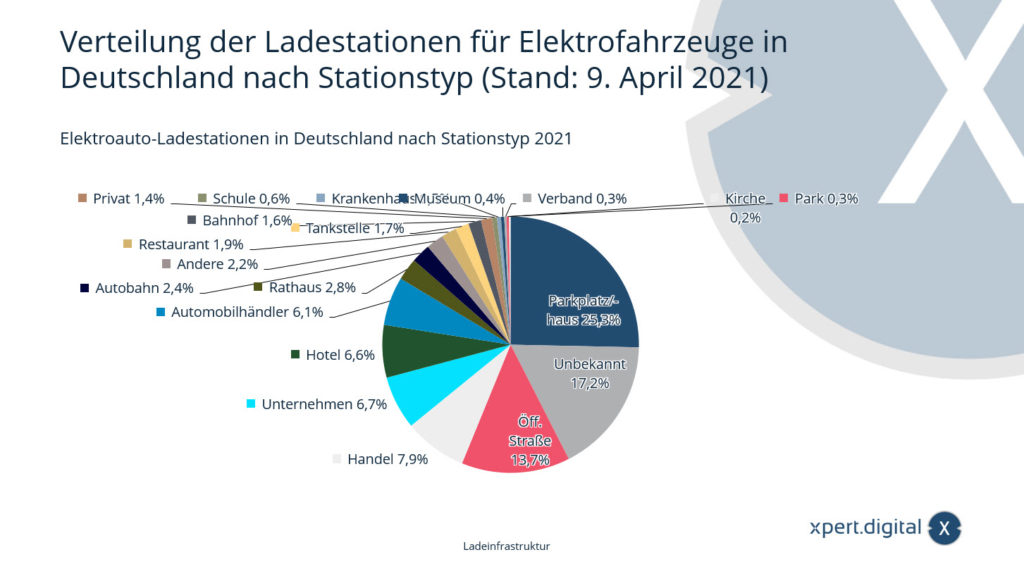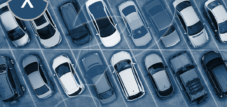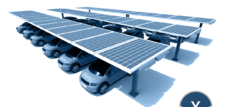Solar carport installation for electromobility in Germany – advice and planning by Xpert.Solar
Language selection 📢
Published on: June 29, 2021 / update from: October 21, 2021 - Author: Konrad Wolfenstein
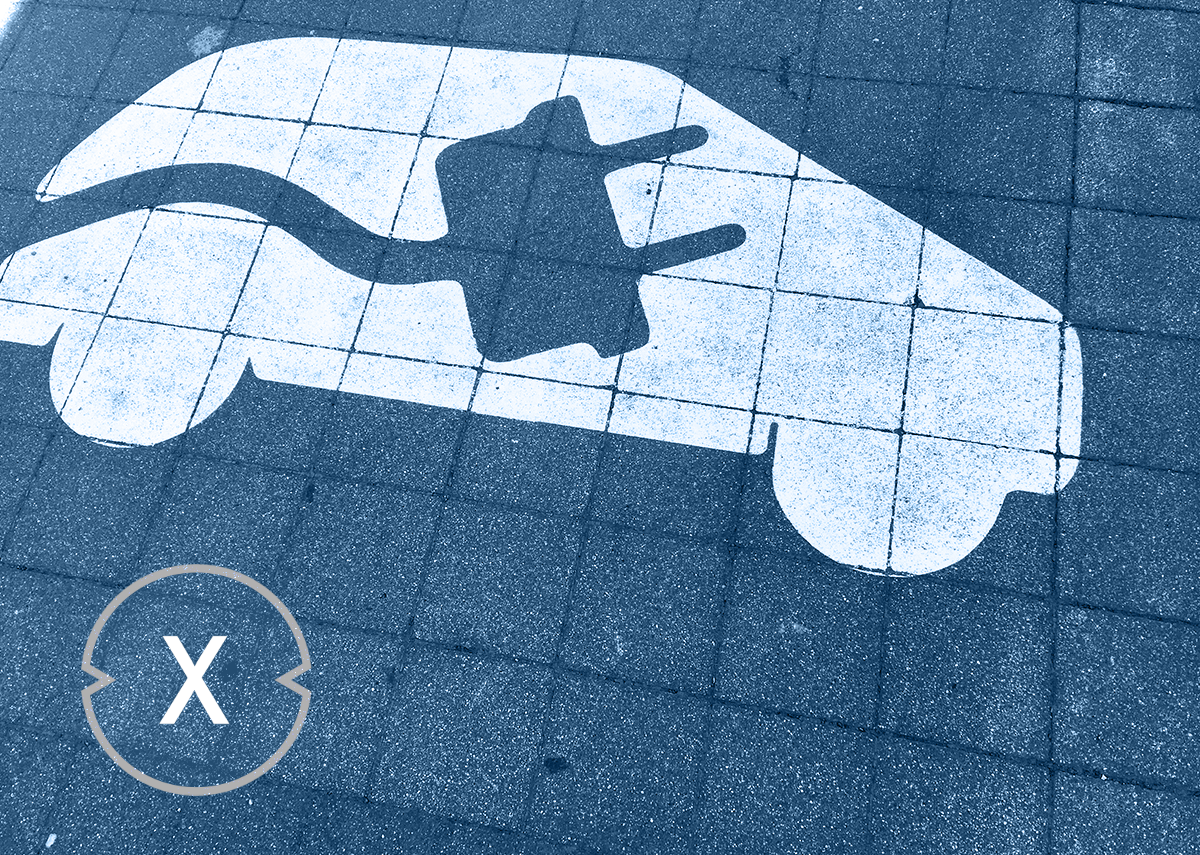
Solar carport installations for electromobility – Image: Xpert.Digital & Heliographer|Shutterstock.com
Electromobility in Germany
Germany sees electromobility as a driving force for a possible energy transition in the country, namely the exit from fossil fuels. Considering that the German automotive industry is one of the most important pillars of the national economy and also plays a key role on a global level, at a time when industries are expected to find climate and environmentally friendly solutions for production and use , widespread access to electric vehicles will be both the start of a new, greener era and a massive source of revenue.
In short, ideally electric cars should lead to reduced emissions, sustainable energy efficiency and more flexible mobility solutions for consumers. The vehicles are connected to a charging station and charged via the existing power grid. The stations can be either private or publicly accessible. Electric cars are powered by rechargeable batteries. The types of electric cars available in the German market are hybrid, mild hybrid, battery electric and plug-in hybrid, and Renault is the best-selling electric car brand in the country. Tesla is the world's leading electric car manufacturer.
The German government wants to promote electromobility through various measures. This includes expanding charging station infrastructure in the country and enabling public procurement for public entities that want to purchase electric vehicles. Electric vehicles include not only cars, but also public transport such as buses. The implementation or integration of electromobility at the national level brings with it a number of necessary fundamental changes. These changes essentially mean the power and automotive industries working together, with a major overhaul for both. Electricity from renewable energy sources is desirable for charging in order to achieve sustainability goals. However, for a successful start to electromobility in Germany, vehicles must be connected to the electricity and transport networks, and automobile manufacturers and suppliers are faced with the transition to regular production of parts and systems for electric cars.
Charging infrastructure and charging stations
Should the energy generated be fed into the grid or parked in energy or electricity storage? What are the load profiles, the technical connection conditions, number of charging stations, vehicle downtime and ultimately the specified total PV output? Will the charges be recorded with the company if the employee charges their company car from home? These are questions that we will have to deal with in the future. It is different from what we are used to today.
Suitable for:
- Charging infrastructure for electromobility in Germany
- Electromobility is coming slowly, but it is coming
Distribution of charging stations for electric vehicles in Germany
The statistics show the distribution of charging stations for electric vehicles in Germany by station type (as of April 9, 2021). In April 2021, almost 1.6 percent of charging stations were located at train stations.
Electric car charging stations in Germany by station type 2021
- Parking lot/parking garage: 25.2%
- Unknown: 17.1%
- Public road: 13.6%
- Trade: 7.9%
- Companies: 6.7%
- Hotel: 6.6%
- Automobile dealers: 6.1%
- City Hall: 2.8%
- Highway: 2.4%
- Other: 2.2%
- Restaurant: 1.9%
- Gas station: 1.7%
- Train station: 1.6%
- Private: 1.4%
- School: 0.6%
- Hospital: 0.5%
- Museum: 0.4%
- Association: 0.3%
- Park: 0.3%
- Church: 0.2%
Connections to electric car charging stations in Germany according to charging speed
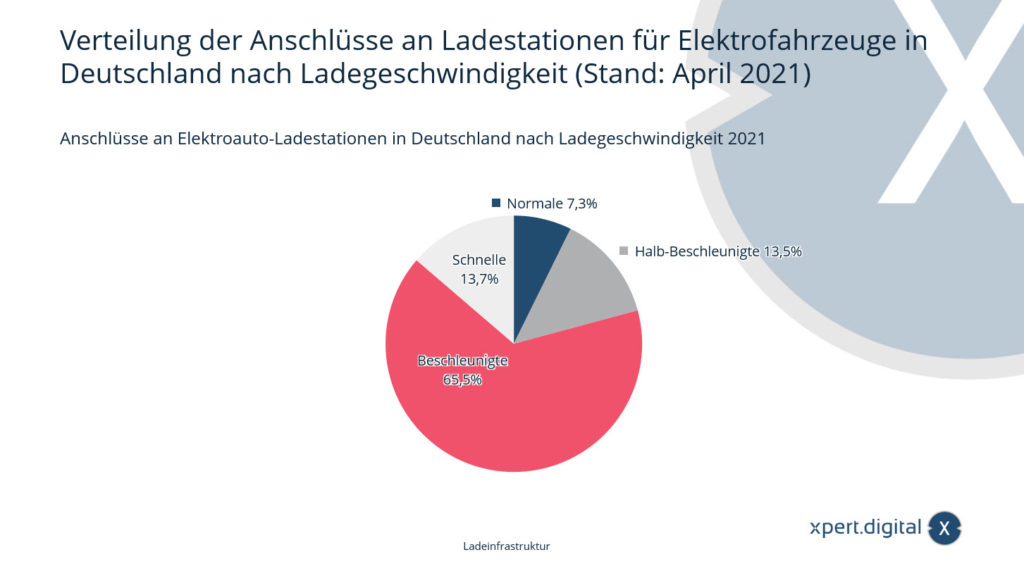
Distribution of connections at charging stations for electric vehicles in Germany according to charging speed – Image: Xpert.Digital
The statistics show the distribution of connections to charging stations for electric vehicles in Germany according to charging speed (as of April 2021). In April 2021, around 7.3 percent of the connections were assigned to charging stations with normal charging functions.
Distribution of connections to charging stations for electric vehicles in Germany by charging speed 2021
- Normal: 7.3%
- Semi-accelerated: 13.5%
- Accelerated: 65.5%
- Fast: 13.7%
Cities in Germany with the highest number of public charging points for electric vehicles
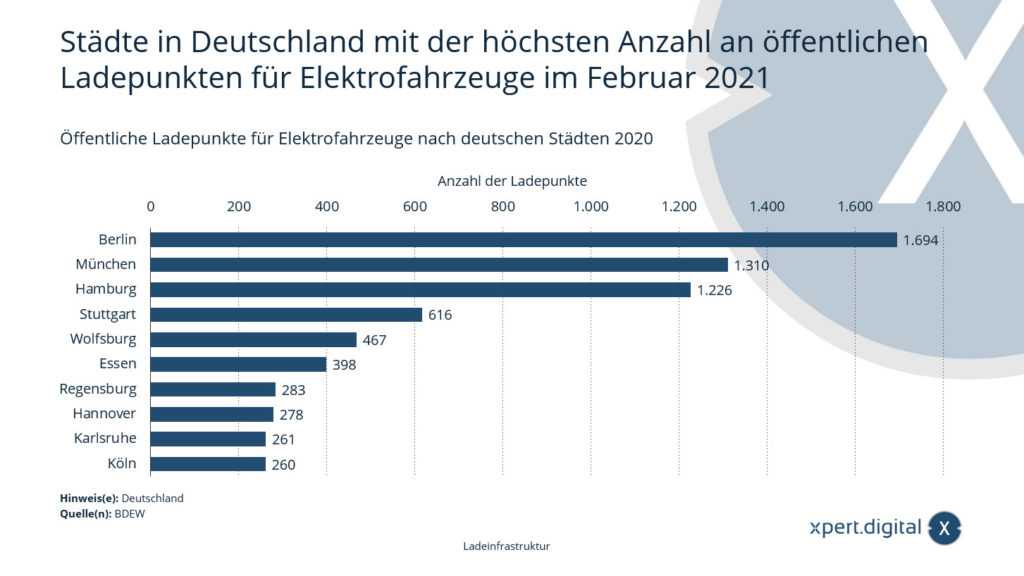
Cities in Germany with the highest number of public charging points for electric vehicles – Image: Xpert.Digital
The statistics show the cities in Germany with the highest number of charging points for electric vehicles in 2021 (as of February 23rd). At the stated time, the city of Munich had a total of 1,310 charging points for electric cars and plug-in hybrids.
Public charging points for electric vehicles by German cities 2021
- Berlin: 1,694 public charging points
- Munich: 1,310 public charging points
- Hamburg: 1,226 public charging points
- Stuttgart: 616 public charging points
- Wolfsburg: 467 public charging points
- Essen: 398 public charging points
- Regensburg: 283 public charging points
- Hanover: 278 public charging points
- Karlsruhe: 261 public charging points
- Cologne: 260 public charging points
Number of publicly accessible charging points for electric vehicles in the German federal states
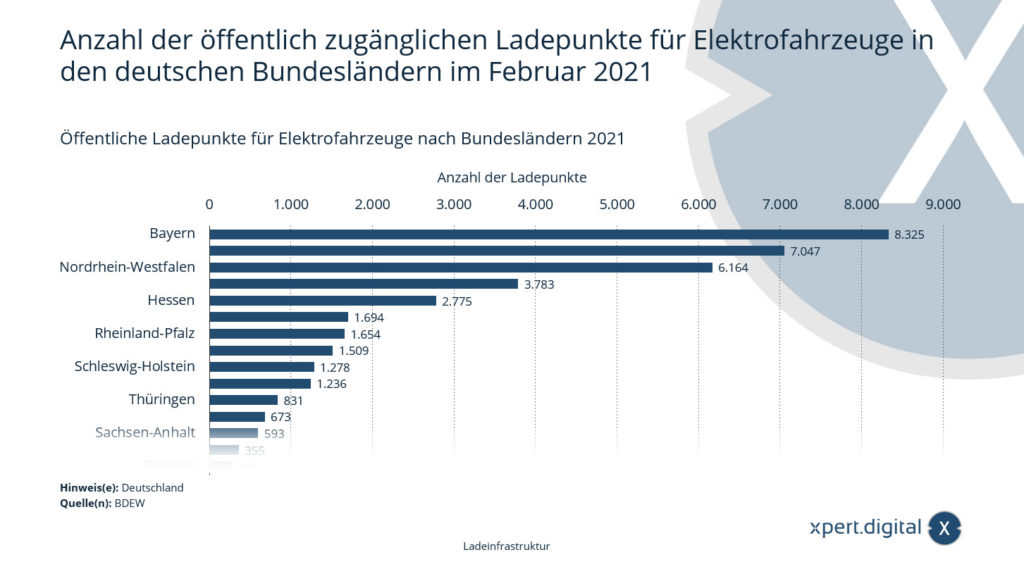
Number of publicly accessible charging points for electric vehicles in the German federal states - Image: Xpert.Digital
The statistics show the number of publicly accessible charging points for electric vehicles in the German federal states in 2021 (as of February 23rd). The state of Bavaria had a total of 8,325 charging points at the specified time.
Public charging points for electric vehicles by federal state 2021
- Bavaria: 8,325 public charging points
- Baden-Württemberg: 7,047 public charging points
- North Rhine-Westphalia: 6,164 public charging points
- Lower Saxony: 3,783 public charging points
- Hesse: 2,775 public charging points
- Berlin: 1,694 public charging points
- Rhineland-Palatinate: 1,654 public charging points
- Saxony: 1,509 public charging points
- Schleswig-Holstein: 1,278 public charging points
- Hamburg: 1,236 public charging points
- Thuringia: 831 public charging points
- Brandenburg: 673 public charging points
- Saxony-Anhalt: 593 public charging points
- Mecklenburg-Western Pomerania: 355 public charging points
- Bremen: 281 public charging points
- Saarland: 278 public charging points
The interest and need for solar carports is growing
Solar carports are relatively new. In comparison to solar systems on house roofs or flat roofs of production halls as well as solar parks or open , there are hardly any comparable figures. Studies on this are still very rare. Only in recent years, due to the emerging decarbonization or climate neutrality, has the idea of using open parking spaces as solar charging stations in combination with charging stations grown.
Suitable for:
The term carport itself was coined by the American architect Frank Lloyd Wright in the 1930s. He had his own ideas and rejected garages because, in his opinion, the developers were not using them to park cars, but rather as storage rooms. Since the carports, with their open design, were not intended to be used to store items, he built carports on his houses.
As a rule, a carport is made of wood, steel or aluminum, but there are also plastic versions. Carports have a flat roof, higher quality versions have more complex constructions such as a gable roof, hipped roof or a barrel roof. A carport can be open on all sides, although elements are also available with which individual segments can be completely or partially closed.
In addition to solar fields and solar systems on the house roof, the free areas on the solar carport roof are now increasingly being used for solar systems . solar obligation that has already been introduced in some federal states , especially in Baden-Württemberg, which primarily concerns open parking spaces with more than 75 parking spaces, is now contributing to the fact that a lot will happen here in the next few years. Especially in the commercial and industrial sectors, where it affects customer and employee parking spaces.
Suitable for:
As early as 2013, the trade had a 27 percent share of installed photovoltaic performance in Europe, directly behind the first-placed “outdoor facilities” with 34 %. At that time, the industry was 4th place with a 17 % share.
According to projections, around 3.31 million people were concerned with purchasing or modernizing a solar system in 2020. Of this group of people, 71.1% lived in their own home compared to the population at 36.8%. Most of them (33.2%) live in small towns with at least 5,000 to 20,000 inhabitants. The proportion of men at 54.9% and women at 45.1% is relatively balanced. The interest in solar systems is equally pronounced among men and women and it is not the domain of any gender.
The solution is the HELIOS solar carport system from T.Werk:
- Quick and easy assembly
- Stable strip foundation as collision protection
- Individually customizable design (color, materials, surface, size, etc.)
- Installation of charging stations and inverters is possible at any time
- Scalable & modular: Available as a single, double or arbitrarily scalable row carport
- Can even be used in the standard version for very high wind and snow loads (s k = 2.2 kN/m²)
- Extra large and wide parking spaces and very easy parking thanks to W-shaped supports
- High-quality design for sophisticated and long-lasting requirements: Hot-dip galvanized steel construction (DIN EN 10346, DIN EN 1461)
Suitable for:
Industrial flat roof solar systems and solar parks or outdoor photovoltaic systems are another alternative
If you are thinking of investing in a solar carport for your company location and/or open parking spaces, a solar system on the company roof is also recommended. Exploiting any energy potential for an emission-free and autonomous power supply is also a competitive advantage and securing market shares.
More about it here:
That's why Xpert.Solar for advice on solar carport installations in industry and trade
I would be happy to serve as your personal advisor.
You can contact me by filling out the contact form below or simply call me on +49 89 89 674 804 .
I'm looking forward to our joint project.
Xpert.Digital – Konrad Wolfenstein
Xpert.Digital is a hub for industry with a focus on digitalization, mechanical engineering, logistics/intralogistics and photovoltaics.
With our 360° business development solution, we support well-known companies from new business to after sales.
Market intelligence, smarketing, marketing automation, content development, PR, mail campaigns, personalized social media and lead nurturing are part of our digital tools.
You can find out more at: www.xpert.digital – www.xpert.solar – www.xpert.plus



